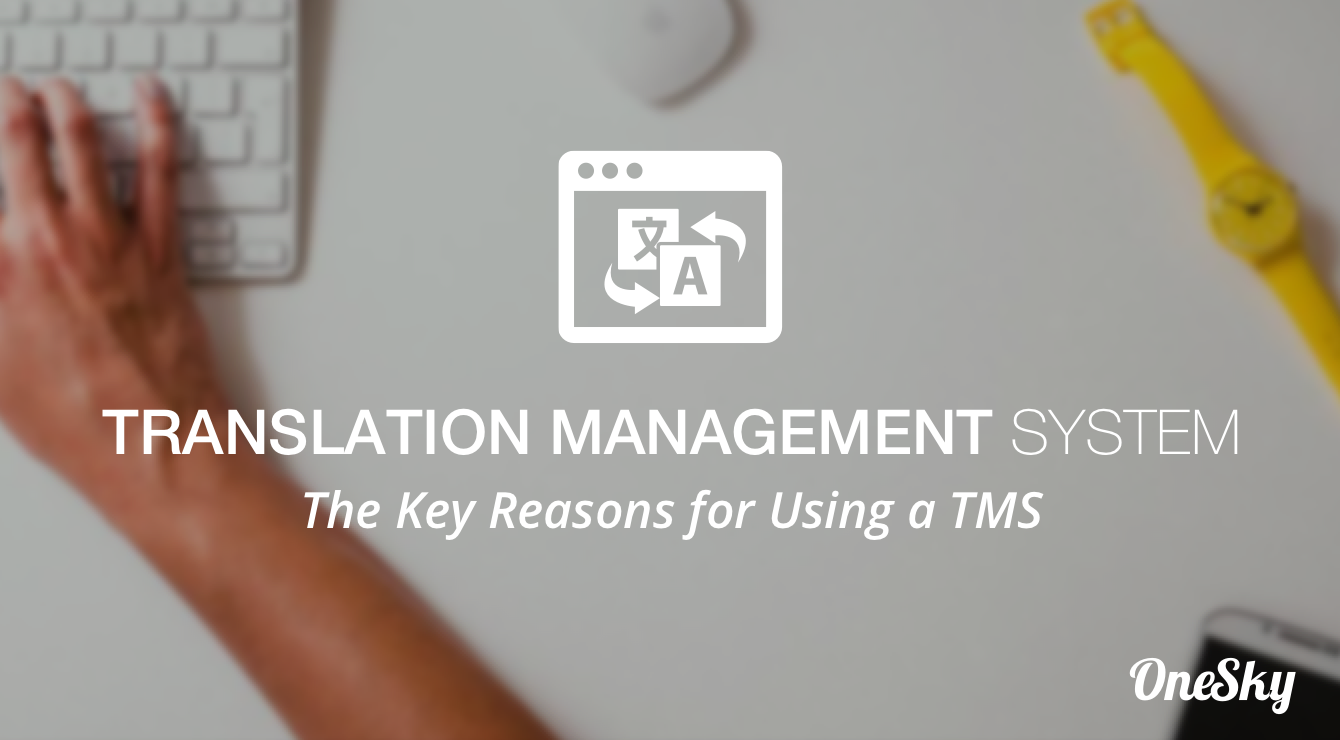7 Reasons That Translation Management Systems Are Essential for Your App
Localization is hard—but only if you do it wrong
Are you a hyperorganized multitasker with a perpetually clean inbox and an amazing memory? No? Me neither. And this makes it difficult for us to oversee a translation project using only email and a bunch of spreadsheets.
What’s the issue? Basically, a spreadsheet-and-email system doesn’t respond well to the two main challenges of localization:
Localization involves many stakeholders
There are the engineers, who extract text for translation, prepare it for the translators, and integrate the translation back into the product.
There are the translators, who have to be in regular contact with senior translators, and with the project manager, in order to get you a great translation.
And then there’s the project manager, who coordinates between the tech team and the translators, and who oversees the larger localization project.
Localization requires regular feedback
Throughout this, there are multiple feedback loops among all the different stakeholders. The engineers have to inform translators about any trouble plugging text back into the source code. The translators have to be in constant contact with the project manager to ensure the quality of their work. Not to mention the work required if you’re dealing with multiple languages.
In short, it all gets complicated. Email just isn’t an effective way to keep track of all these stakeholders and feedback loops.
Solution: Translation Management System (TMS)
Enter the translation management system, or TMS. TMS is a software designed to streamline the many parts of the translation process. A good TMS will speed up localization and help ensure a high quality translation. It provides a shared platform for collaboration, and it lets the project manager keep tabs on all the different stakeholders.
How does TMS help localization?
1. Automate key steps to save time
With a TMS you can automatically import and export resource files, which saves precious man hours. Plus, you can set up notifications to keep team members on track and to identify tasks in their early stages. Improve collaboration to avoid confusion
2. Improve collaboration to avoid confusion
TMS allows everyone to work on the same platform, translate collaboratively, and see each other’s progress. This is especially helpful when you have translators with different roles in the project—such as a primary translator, a proofreader, and a copywriter.
3. Improve communication
A TMS has notification system in place to keep everyone on task. For example, a TMS can notify translators of newly available content ready for translation, or let an engineer know about new content ready for implementation. And better communication means quicker, cheaper, and better translations.
4. Avoid duplication to save cost
When continuously updating your app, you may have more contents for translation. Sometimes, the new content may be overlapped with the old one. While spreadsheet cannot detect the duplications, a TMS will help keep the translation process streamlined and efficient by removing any duplication. And less duplication mean lower costs.
5. Built-in features to ensure translation quality.
Translation management systems also have some built-in quality assurance features. These include a glossary and other reference materials for translators, as well as placeholder validation and length limits on translated text.
6. Leverage on translation memory to scale quickly.
The translation memory of a TMS keeps all that translated content organized, adaptable, and immediately available. From a TMS, it’s easy to repurpose your content for different formats and channels, as the need arises. For instance, you can repurpose the translated content of your Android app to your iOS app quickly with the help of translation memory.
7. Single platform for greater control over the project.
A good TMS is a streamlined project hub. It centralizes the entire process on a single platform, and let you track every stage of the translation. Instead of overseeing a tangle of spreadsheets and email attachments, you can actually see and control the entire process.
Say goodbye to spreadsheets and email!
For a lot of people, localization is a logistical headache. Clearly, that doesn’t have to be the case. With an assist from some good technology, you can make the process pain-free.
If you are exploring a TMS for your localization project, you may consider our translation platform.



 Written by -
Written by - 




 Written by
Written by 



Patrick, great summary for the benefits of TMS. We’ve identified a similar list for additional stakeholders at https://globalvis.com/2008/05/benefits-of-translation-management-systems-tms/